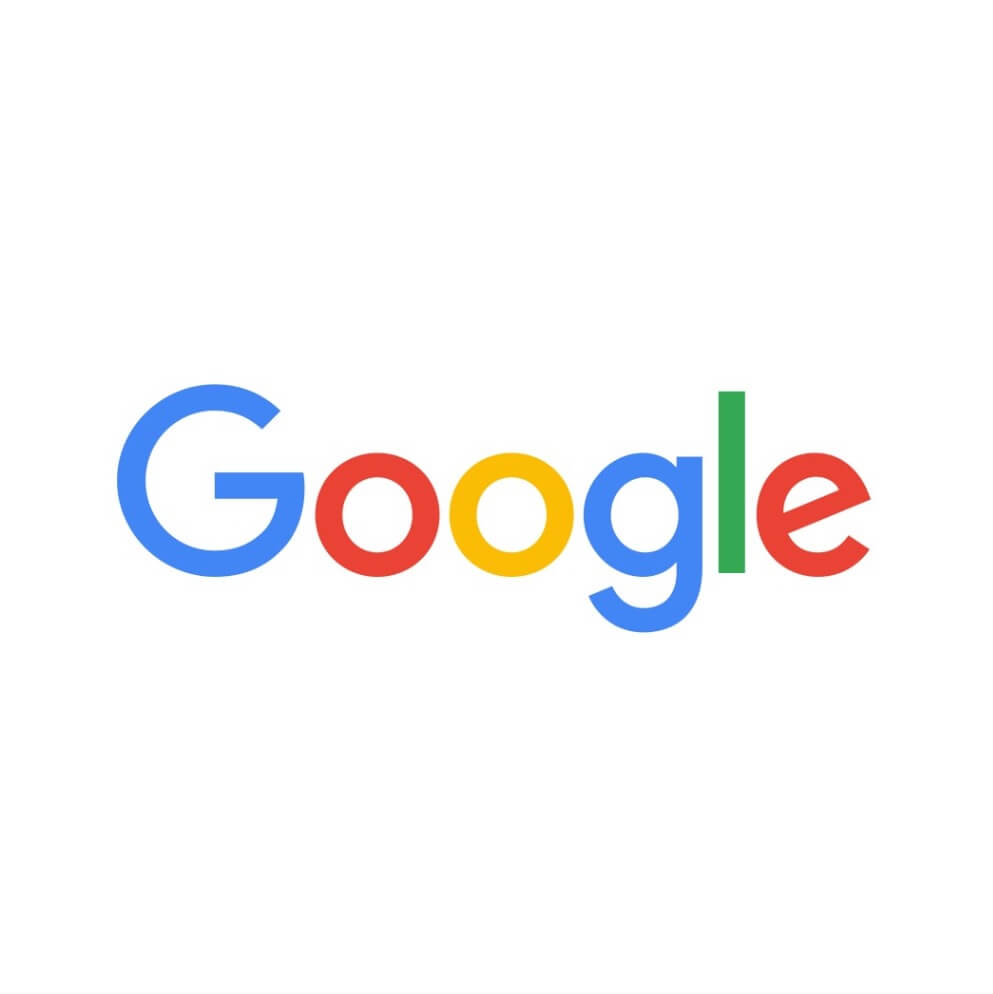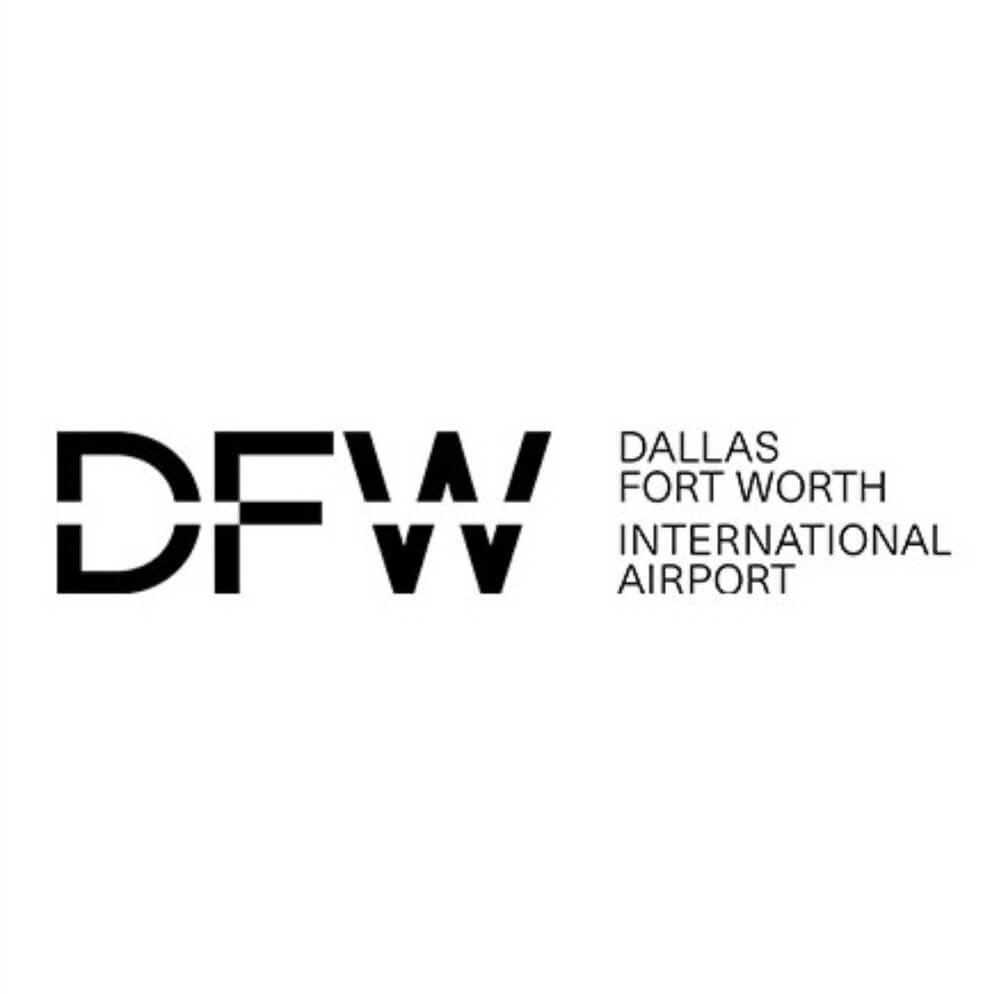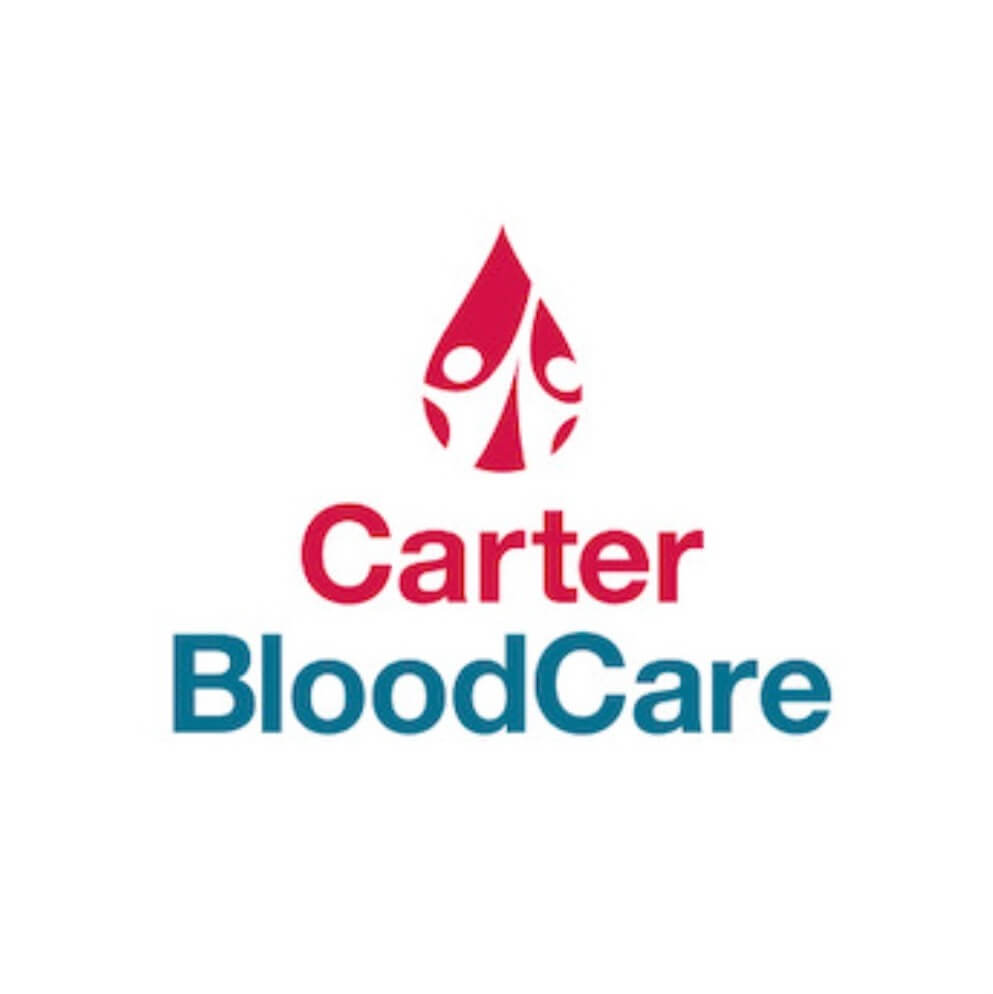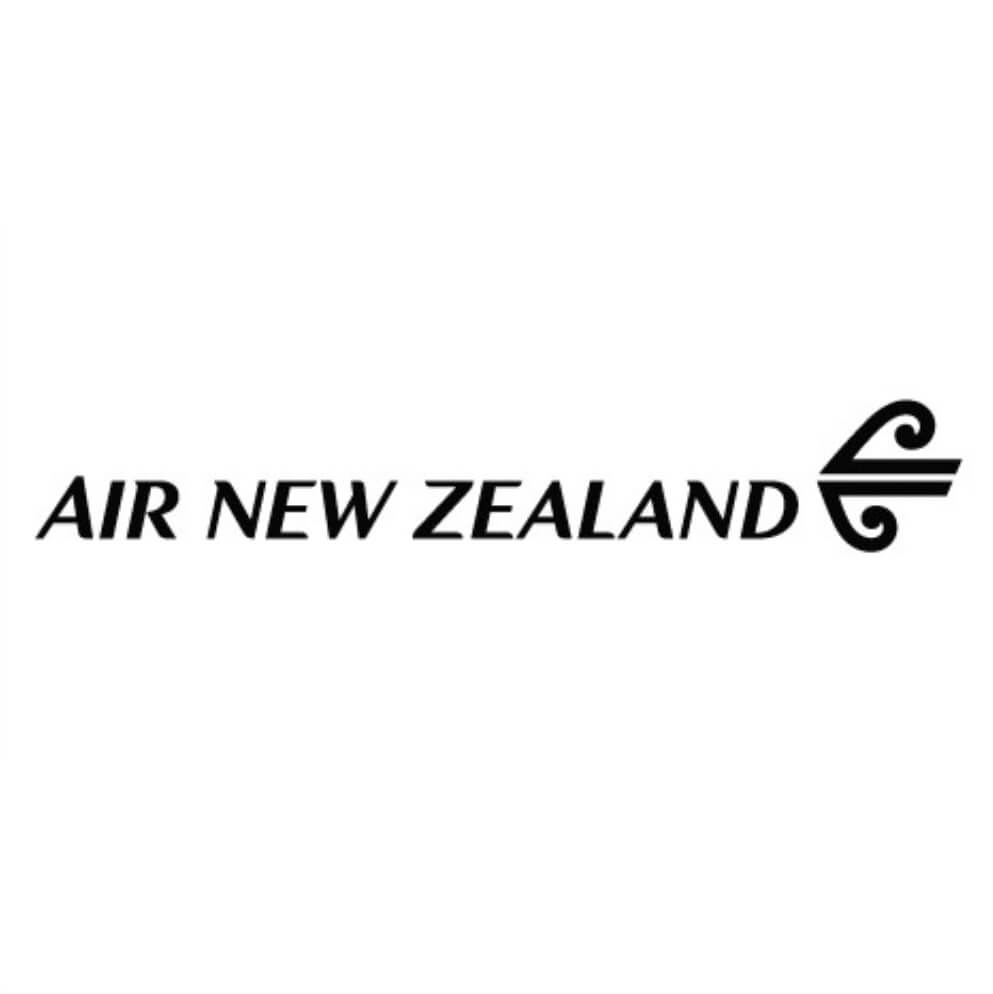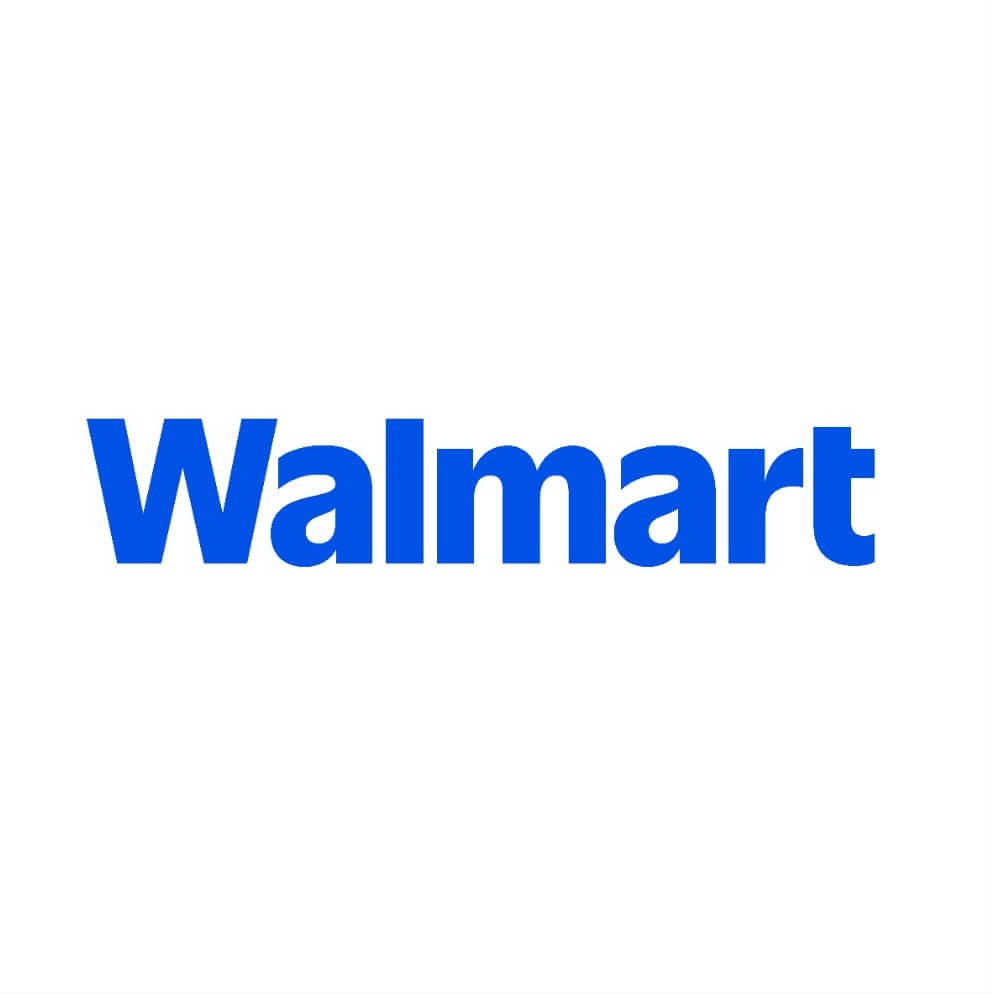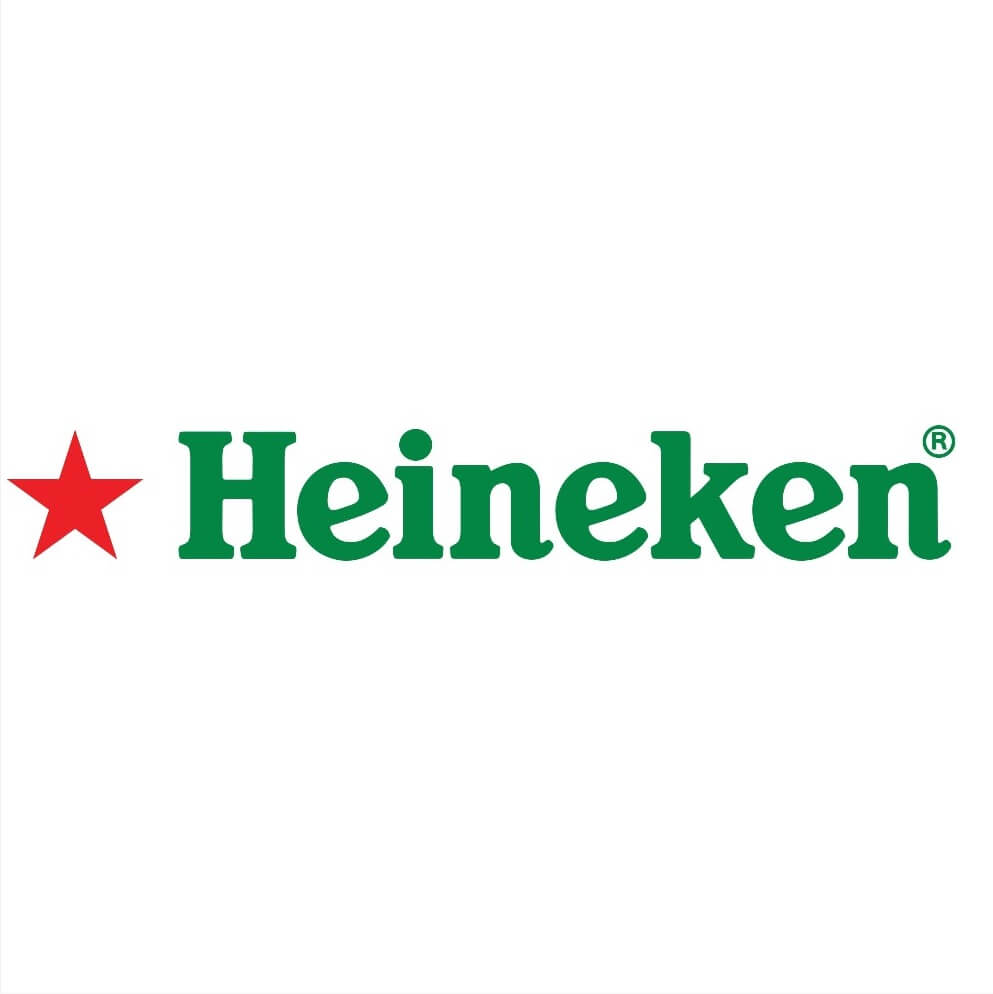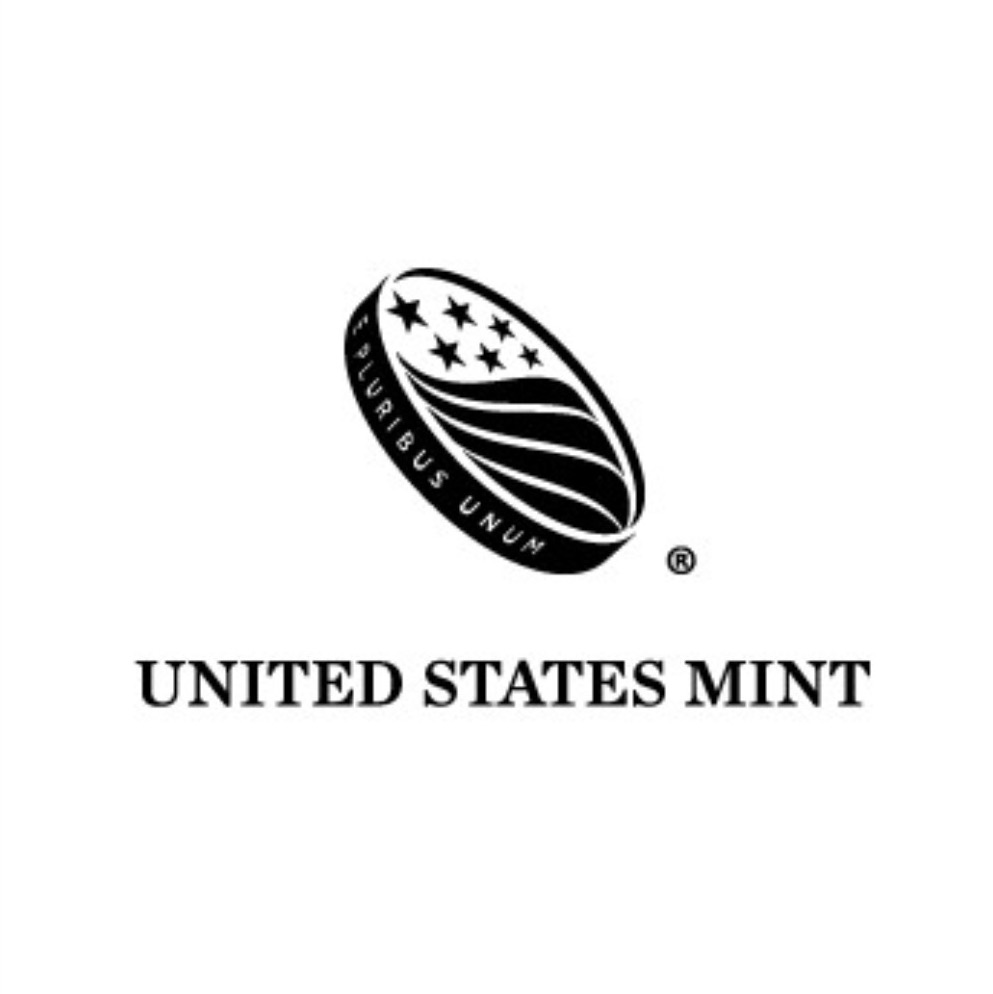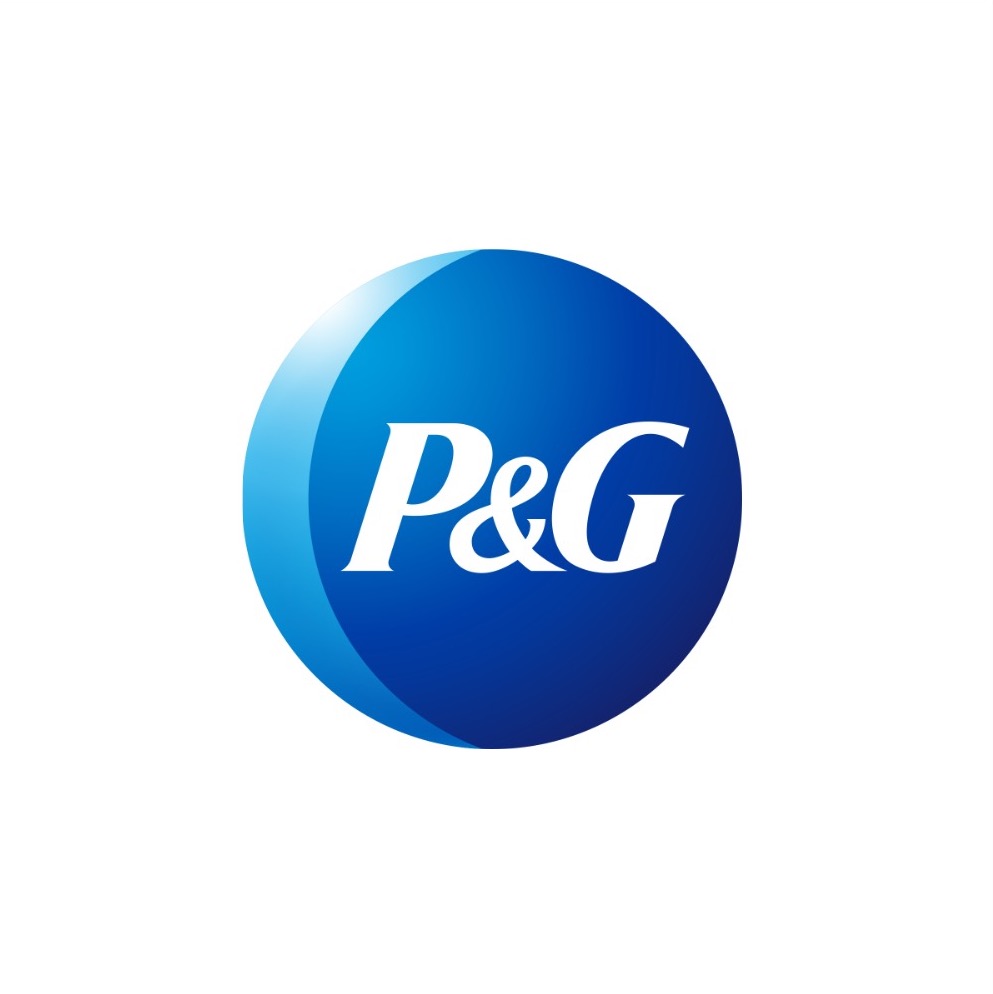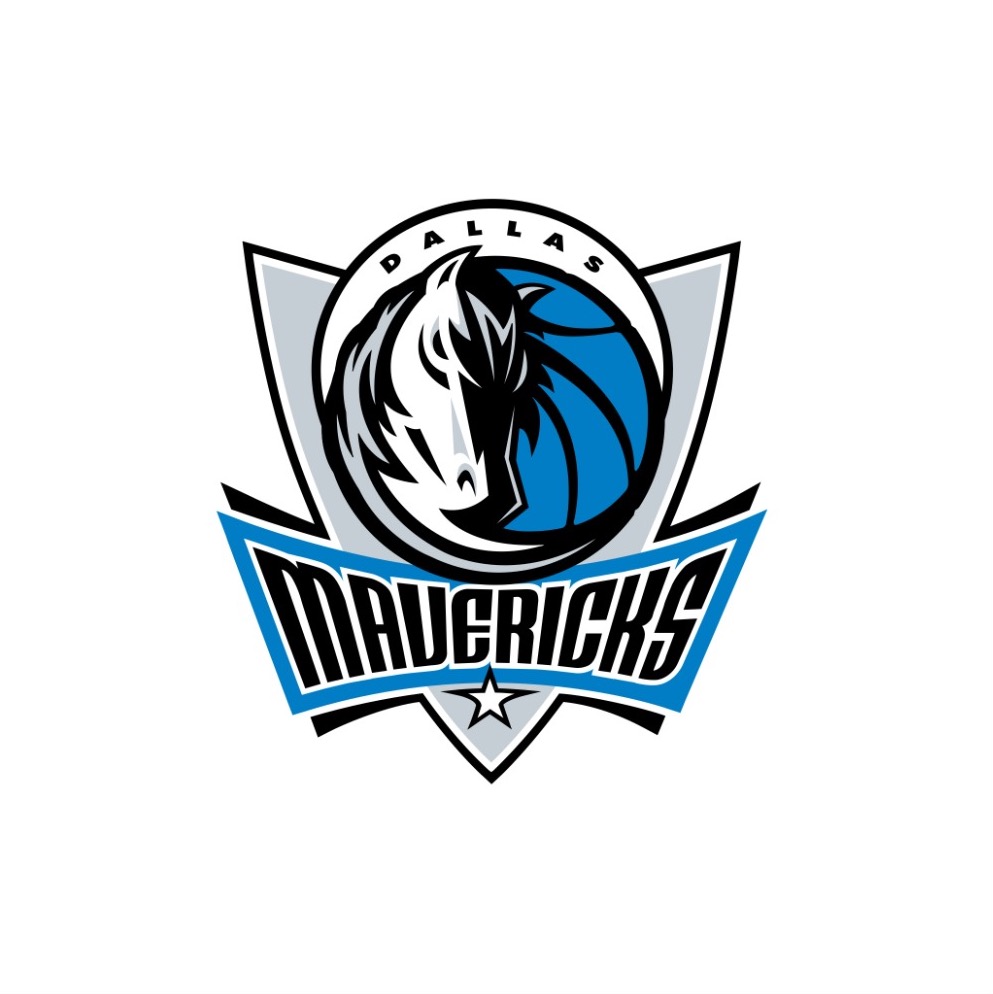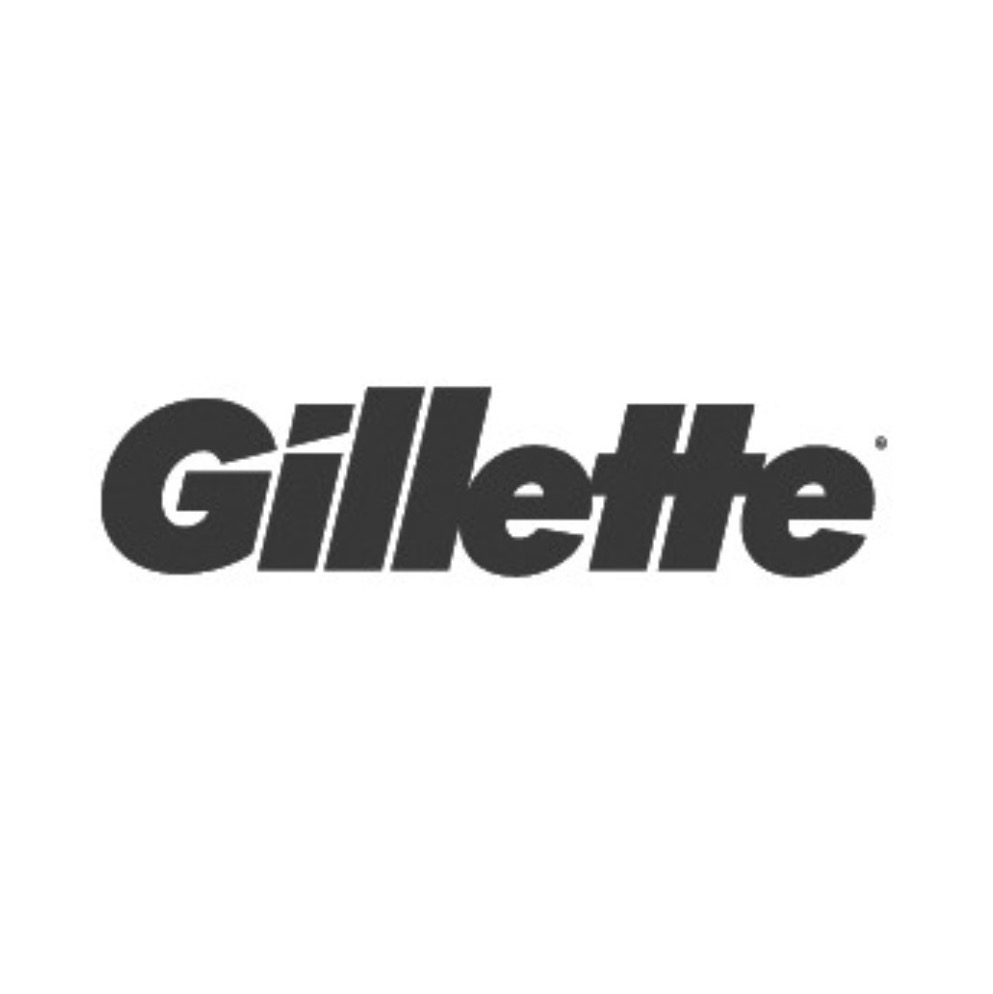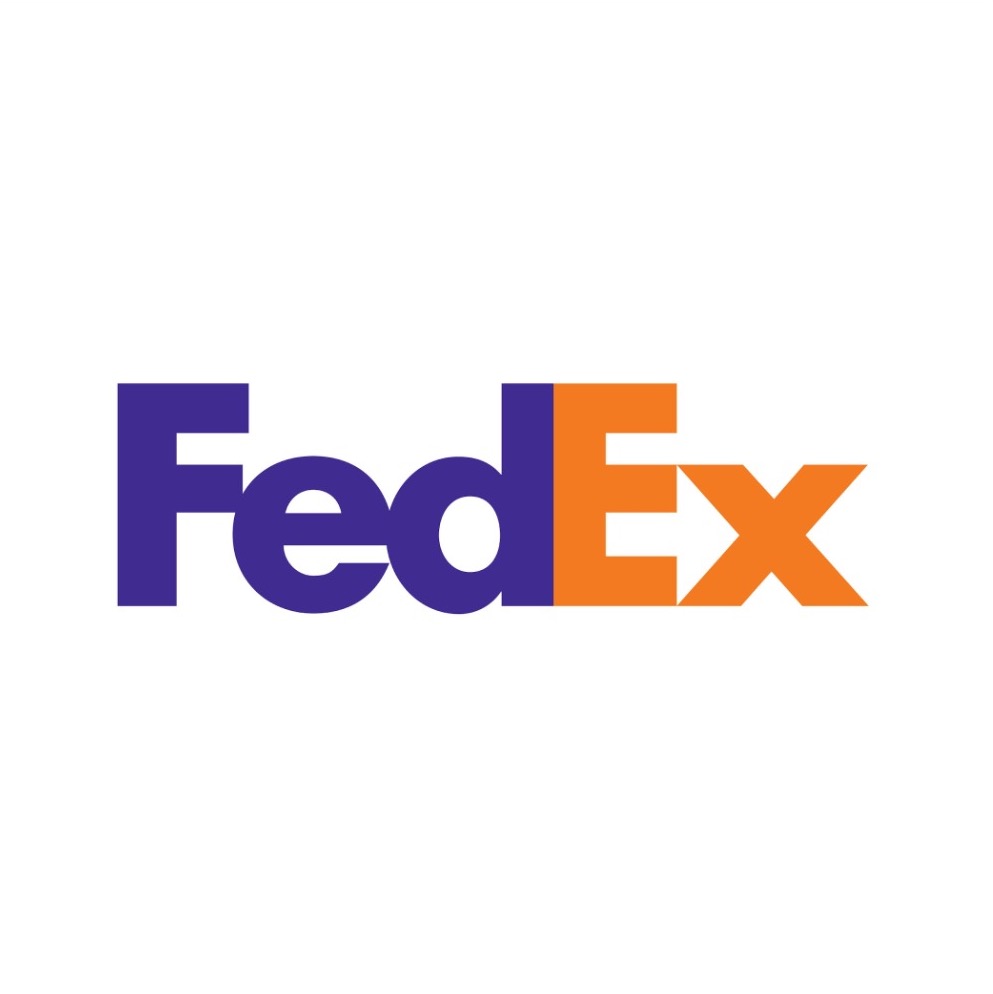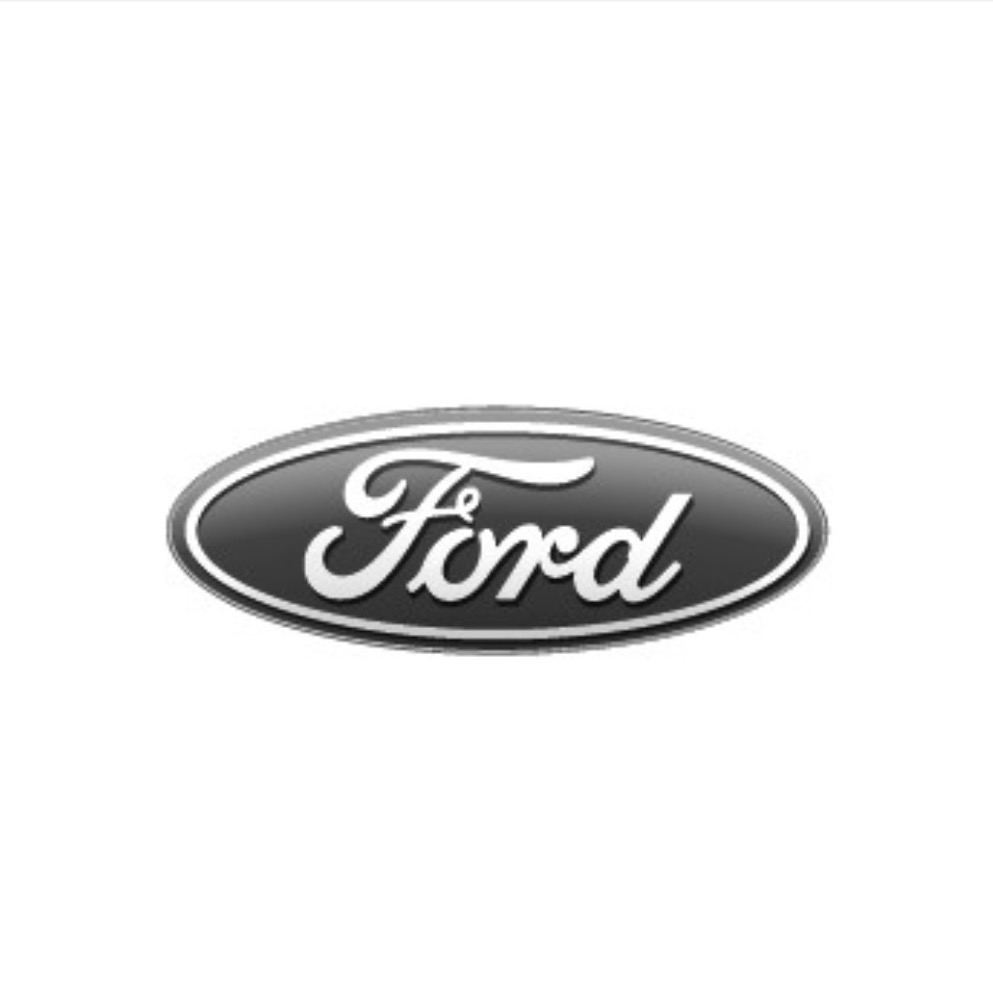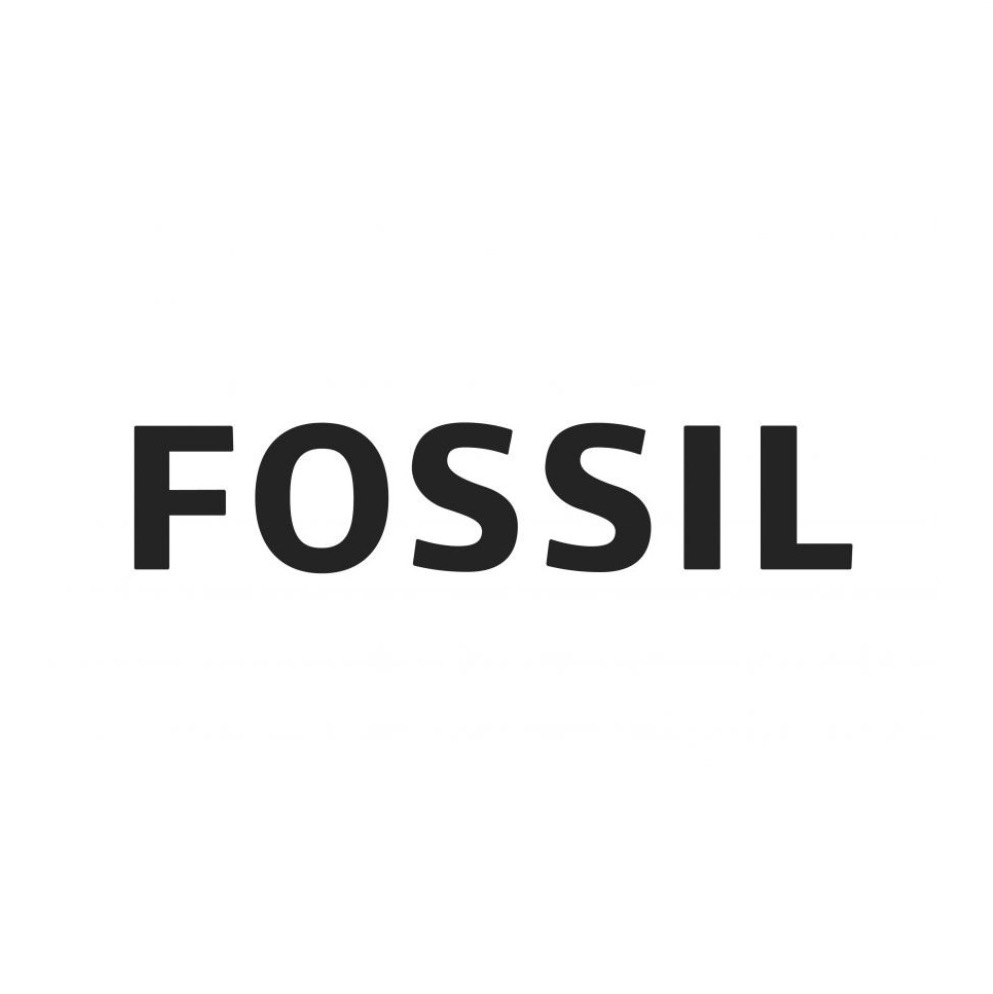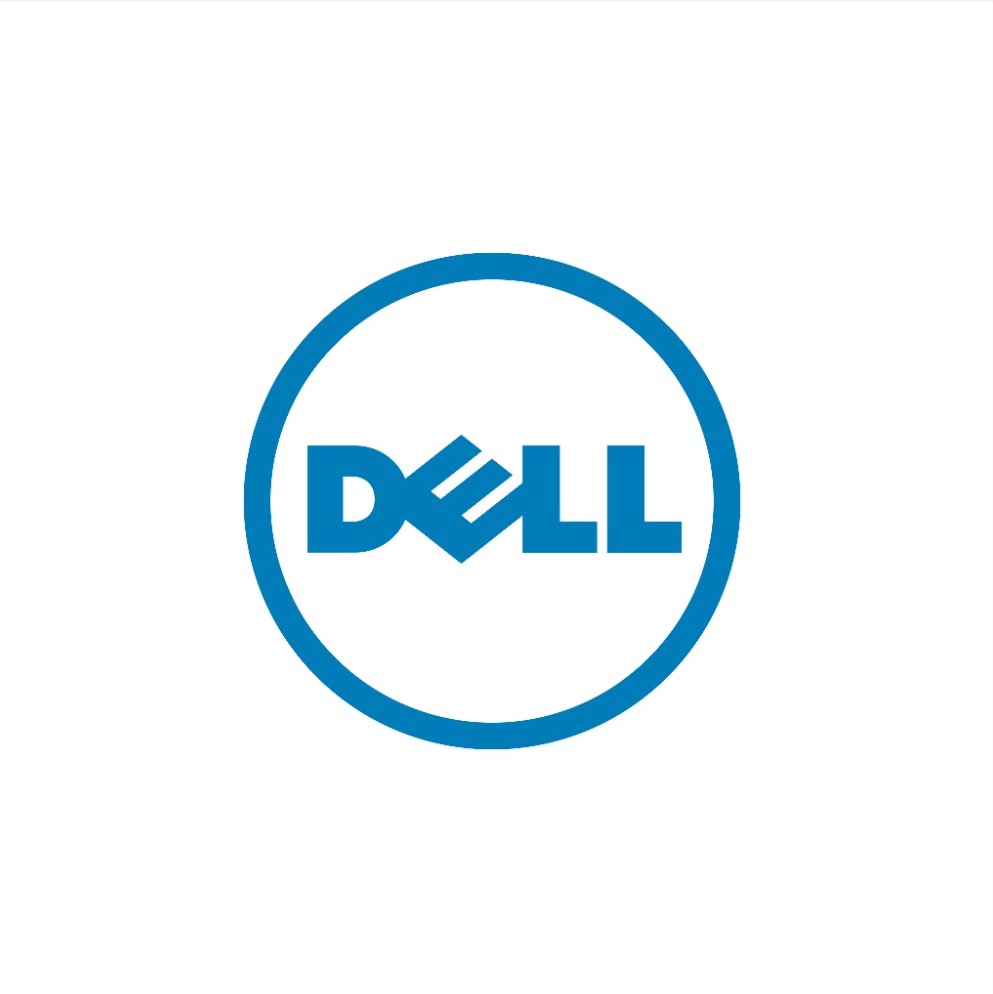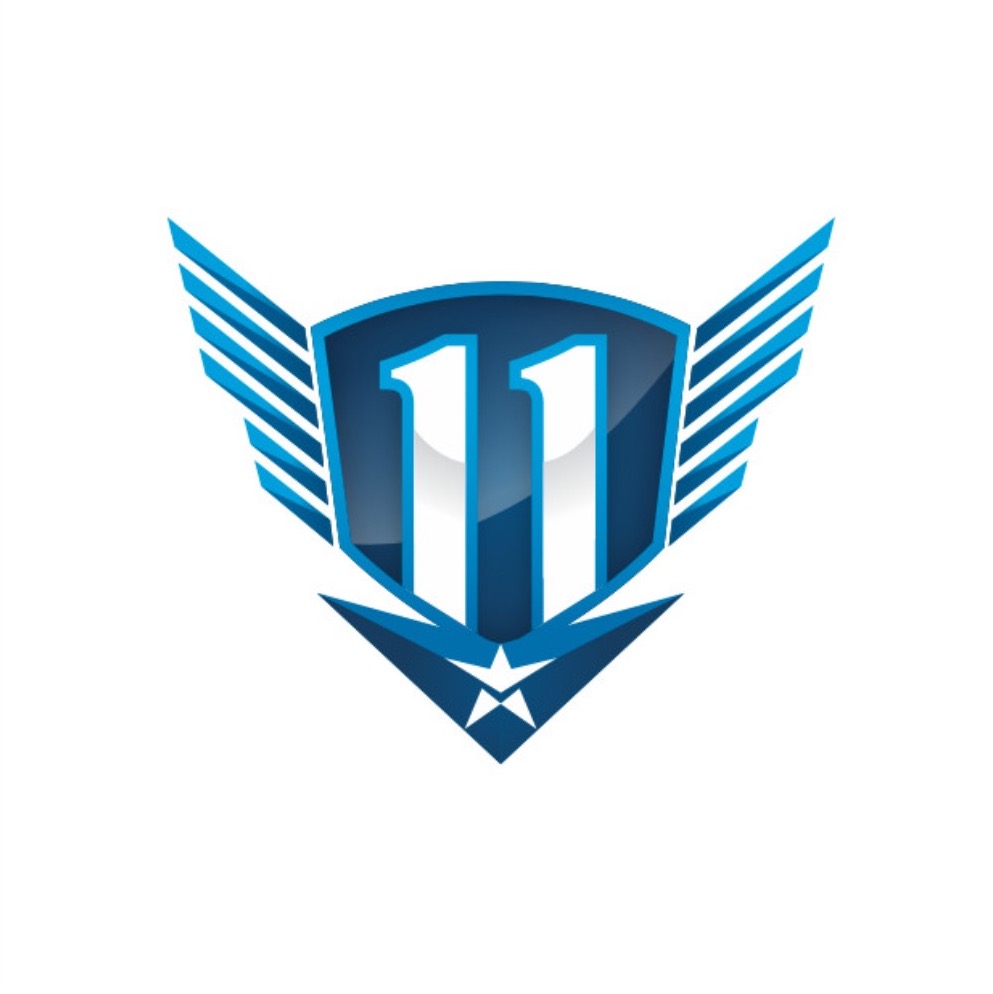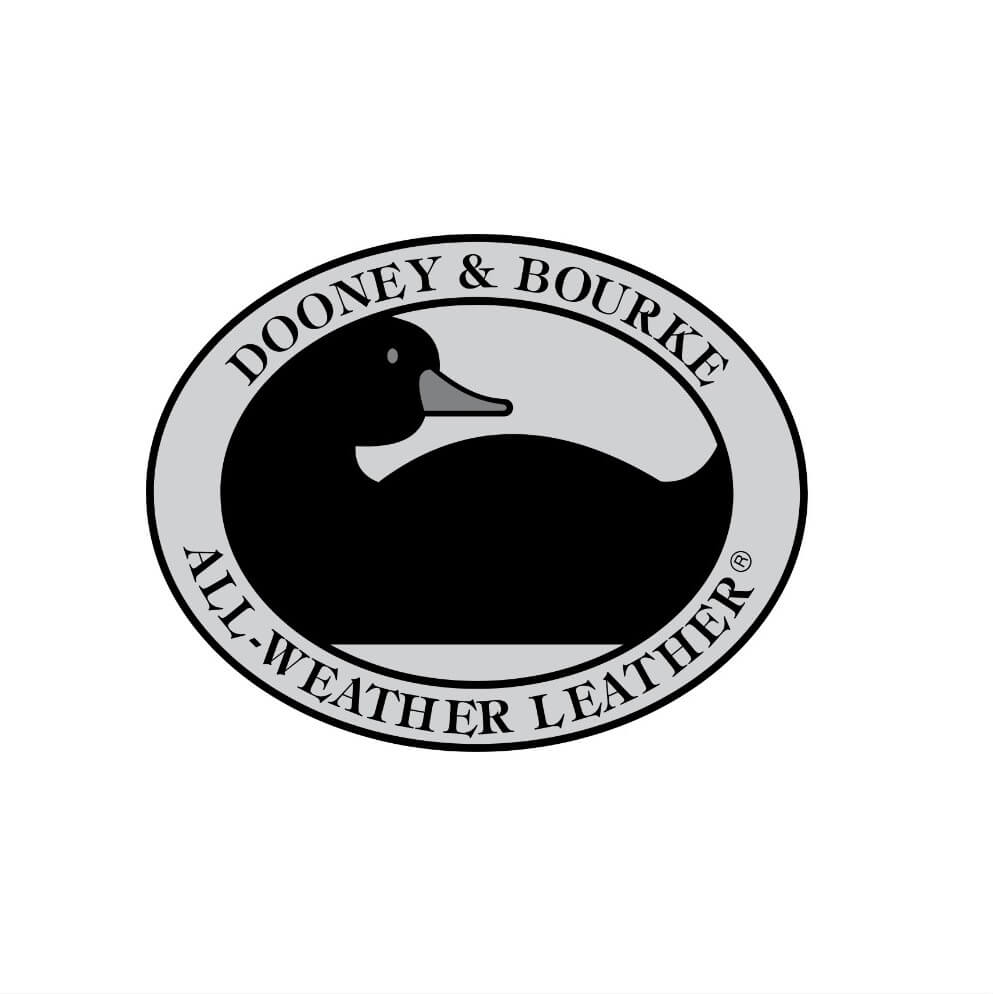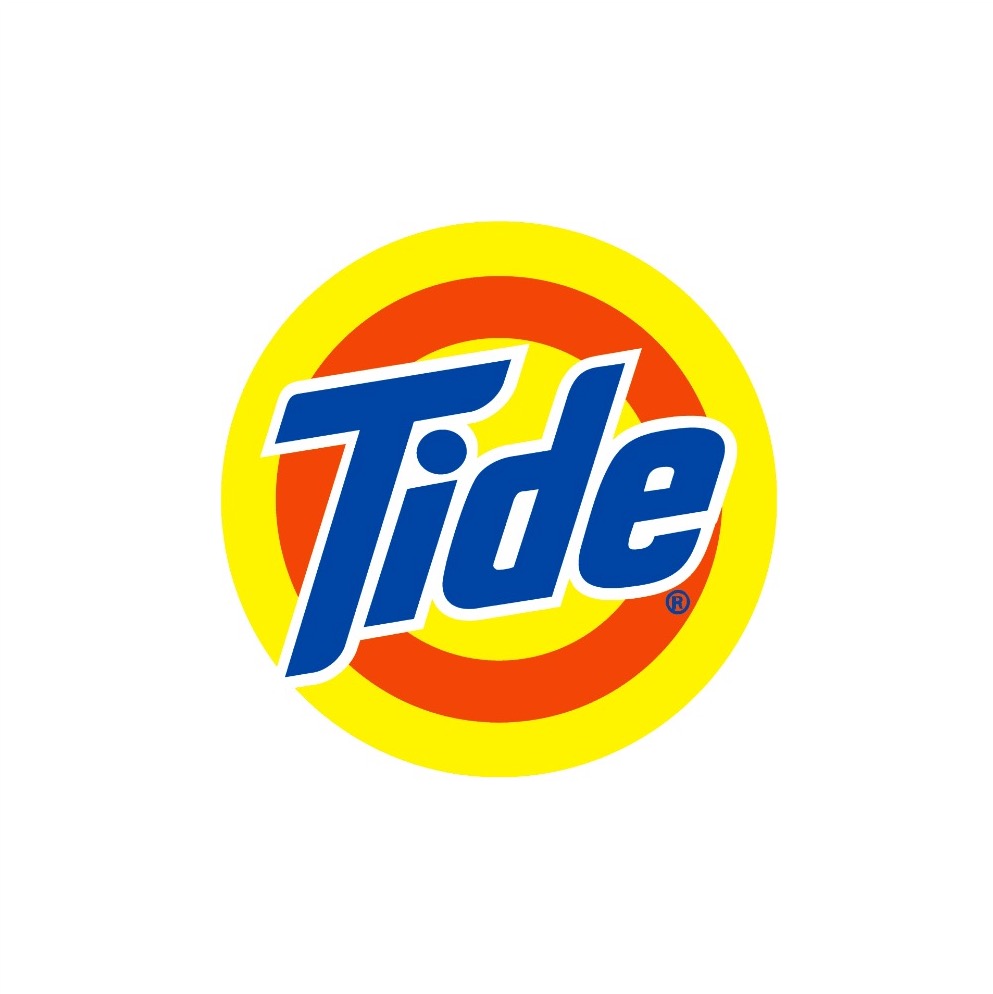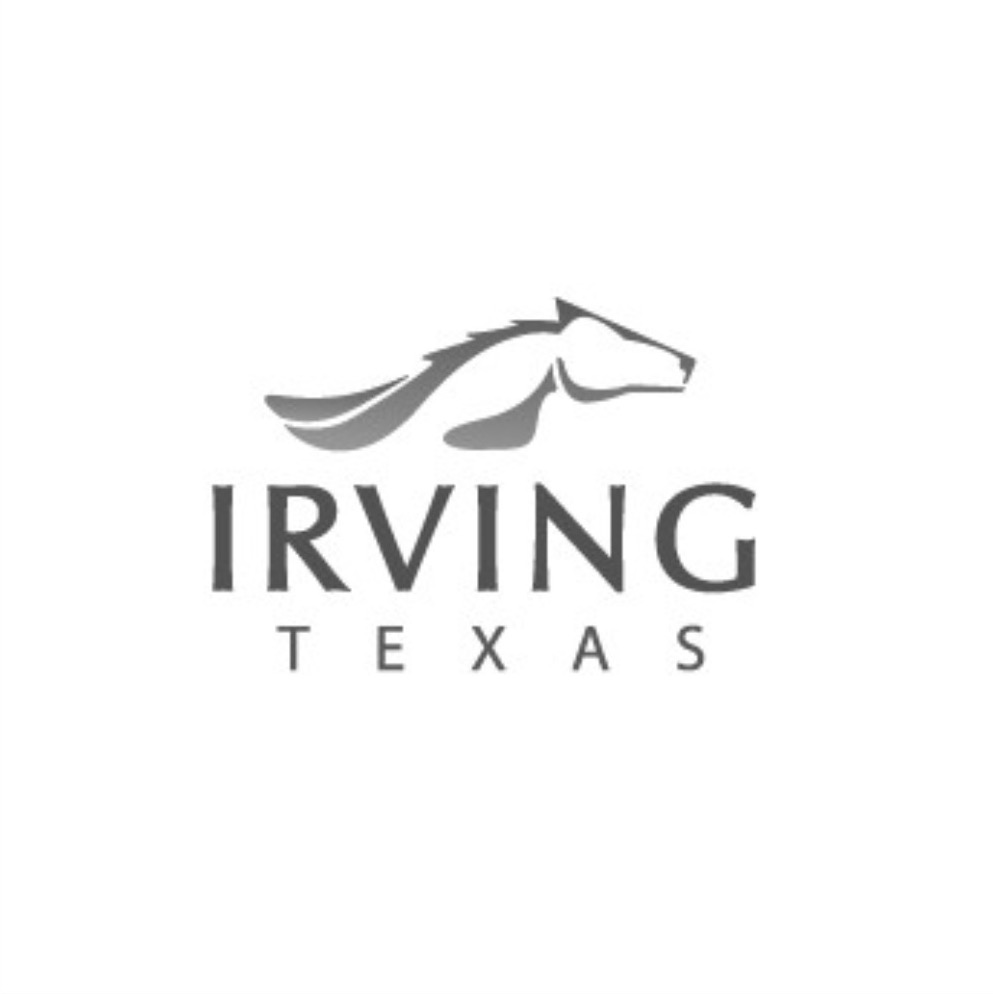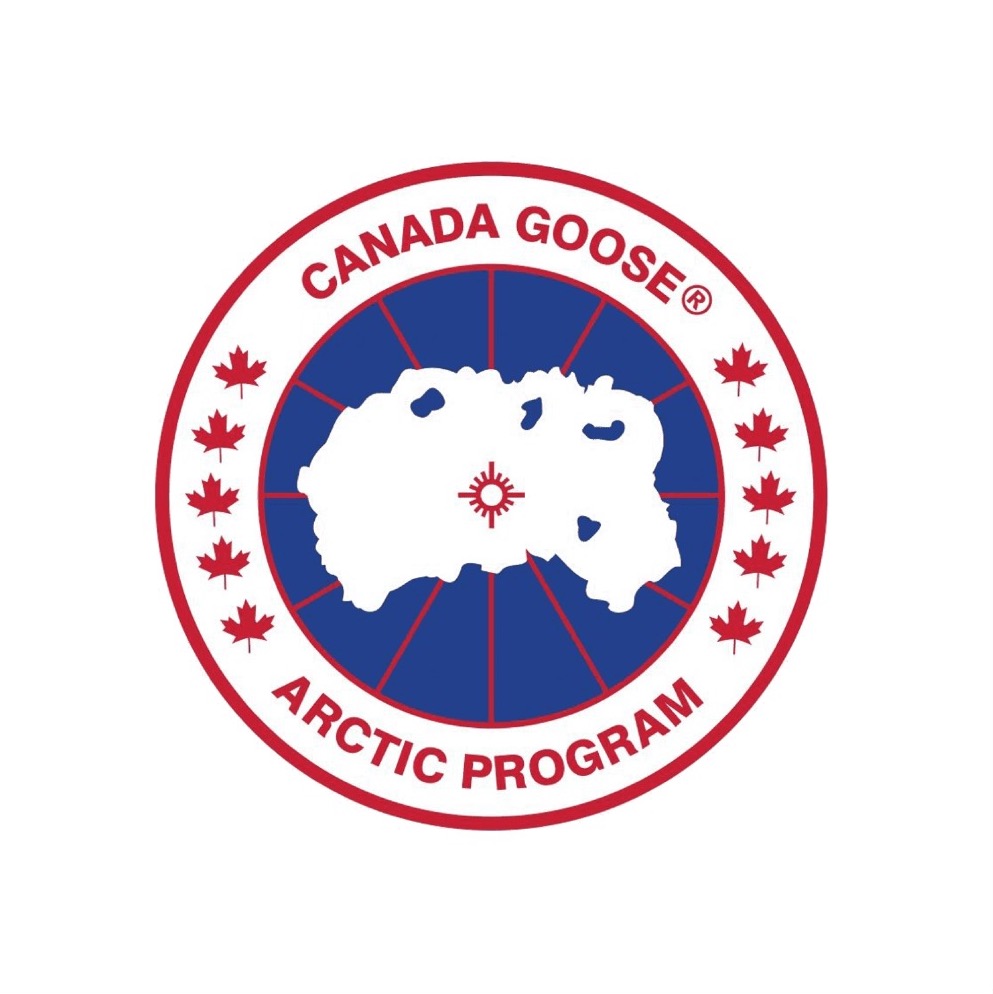
I’m the luckiest guy I know.
From early-stage ideas to mature, scaled systems, I’ve worked across industries—from advertising and omni-commerce to connected devices, enterprise SaaS, and AI innovation. Navigating these nebulous environments and leading teams towards innovative solutions isn’t for the faint of heart. It requires a complex background with robust skills in communication, relationship-building, and strategic organization.
Along the way, I’ve worked with some amazing people, solved some gnarly problems, and helped deliver bottom line value in the hundreds of millions (if not billions). And after all that, I still get excited about the possibility to make more better. That’s not luck exactly—but it sure feels like it.
Status: Currently helping build the “Google of Retail” Sam’s Club
Principles for Building Solutions
To Each Their Own
Good design speaks to the individual. Whether you’re reaching a luxury fashion buyer or a commemorative coin collector, you need to meet your user where they are. Communication is personal and design should be, too.
Context Matters
When designing, I always ask, “Why was it built this way?” Before removing a process or feature, you have to understand its original intent. Understanding the “why before the why” ensures progress doesn’t come at the cost of stability.
Make More Better
Success takes grit and ingenuity. But if we understand our users and the context we’re designing within, we can design with intent. We can create features that meet real needs in markets that are ready to receive them. That’s when design becomes more — it becomes better for everyone.
Principles for Building Teams
Set the Vision
Leaders are responsible for guiding. While correcting stray voltage can be a part of that process, when teams have a strong alignment to the Vision, their paths there will naturally find the best routes.
Remove the Friction
Help the team do more. Remove the things that are creating bottlenecks to maximize the team’s potential for agency, output, and outcomes.
Define the Culture
Teams need to understand the values that help them succeed. Defining, communicating, and reinforcing the ways the team should work enables a team to succeed and drive accountability.
Let the Information Flow
Trust is Paramount
Celebrate the Wins
Listen to the Team
Extreme Ownership
A History of Growth
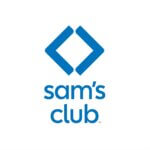
Director, Product Design
2019 –
Enterprise Productivity – Learning About Flywheels and Innovation
At Sam’s Club, I found a start-up in a Fortune 1 organization. It was amazing to grow a team from 2 to 30 and to champion design-led transformation from the club floor to the home office. From club tasking to club pick-up, from fresh production to the Frictionless Exit experience—the work impacted tens of thousands of associates and millions of members. That grew into work with finance and merchandising teams, delivering over $700M in impact by removing inefficiencies, reducing errors, and unlocking strategic product decisions.
Lately, I’ve been leading GenAI initiatives in partnership with our AI Labs. We’re turning next-gen tooling into practical, business-forward solutions in finance, pricing, and omni-channel strategy.
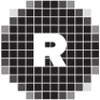
CX + UX Consultant
2018 – 2019
Customer Experience – Aligning Global Systems
Looking to continue building on the power of connected experiences, I worked with Citi Bank, FedEx, and DFW Airport, to improve CX across vast, complex organizations. These efforts focused on removing barriers, aligning digital and physical touchpoints, and delivering consistent, intuitive interactions at enterprise scale.

UI + UX Director, Connected Devices
2017 – 2018
Product Design – Learning About Experiences
At Fossil, I led UI/UX for the Connected Devices group. Working on hybrid smartwatches and smartwatch platforms in partnership with Google’s AndroidWear (WearOS), I was able to reimagine form and function—fusing fashion, customization, and emerging tech to create highly personal experiences. It was also my first experience as a “start up,” taking a product from 0->1. While the Fossil was ultimately exit the smartwatch business, the IP that we created was sold to Google and launched worldwide. (https://www.androidcentral.com/wearables/fossil-gen-6-hybrid-launch )

UI + UX Manager
2013 – 2017
Omni-Commerce – Learning About Lifecycles
After designing digital experiences like Dell’s first iOS application, one of the earliest responsive websites for Ford Canada, and the redesigned Air New Zealand Android and iOS apps, I wanted to learn more about the full customer lifecycle. As the design manager for the internal design agency within PFSweb, I was able to partner with brands like P&G, Dooney & Bourke, and the U.S. Mint to build deeper, data-driven connections across digital and physical spaces. The work focused on trust, consistency, and showing up for the user across touchpoints.

Lead UI + UX Designer
2011 – 2013
Advertising – Learning About Conversations
My career began in advertising. It was a fast-paced, creativity-driven environment that taught me about how design communicates at scale. As much as I loved design as a communication tool, the agency model often felt like a one-way noise machine in a competition to use the biggest bullhorn. Feedback came through sales spikes or client retention, not in conversations with people. That left me wanting more.
I was drawn to experiences where communication was more dynamic and direct, so I shifted to the digital spaces—interfaces with real-time feedback and real, human outcomes. UX opened the door to something bigger: a whole world of contextual conversations where design could respond, adapt, and matter.



